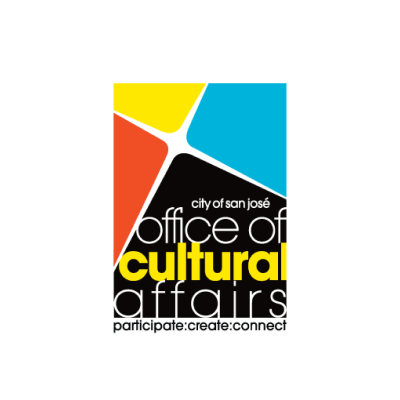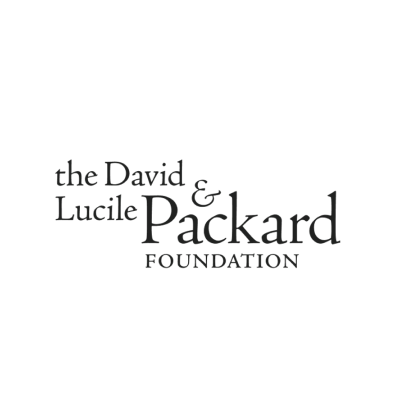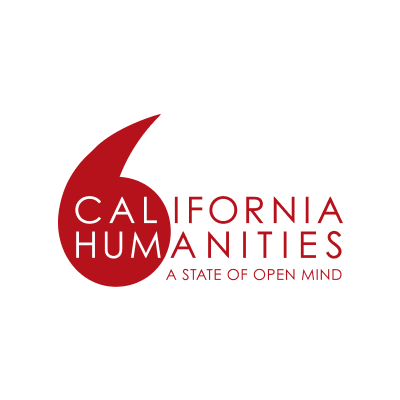Calpulli Tonalehqueh, the School of Arts & Culture at MHP, and the San Jose Museum of Quilts & Textiles invite you to make art inspired by Aztec culture to celebrate the Aztec New Year!
The Aztec New Year takes place every 12th of March. The holiday, also known as Yancuic Xihuitl, goes back to pre-Columbian times, but is still celebrated now by many people in Mexico and around the world. To celebrate this holiday, dancers wear colorful costumes to perform traditional dances to ceremonial music. People also commonly burn ocote (pitch-pine) candles, and as of more recent history, set off fireworks.
Our first project is based on Aztec stone masks. These masks were made out of precious stones like jade or turquoise and assembled very carefully by skilled artisans. In Aztec culture, masks were used for many different purposes such as religious ceremonies, as a death mask, or as ornamentation. They were incredibly valued and were often passed down from generation to generation.
Our second project is about Quetzalcóatl, or the feathered serpent. He is one of the major deities in Aztec mythology, associated with the creation of the world, the wind and breath of life, birth and renewal, and the invention of writing and art. He can appear in either a human-like form or a more snake-like form. You can also see a sculpture of Quetzalcóatl for yourself in San Jose! It was created by Robert Graham in 1994 and is located in the Plaza de César Chávez.
In the images from left to right: 1) A detail of the serpent made from wood covered in turquoise mosaic, spondylus (red) and conch (white) shell. 2) Mask from Teotihuacan, made in stone, turquoise, obsidian and shell. 3) Mask made of cedro wood and covered in turquoise mosaic with scattered turquoise cabochons. The pierced elliptical eyes worked in mother-of-pearl and the teeth are made of conch shell, although two are modern synthetic replacements.













